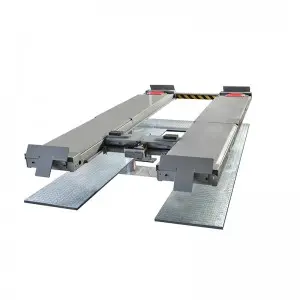Cylinder is one of the most versatile and essential structural shapes used in engineering, architecture and everyday life. From engine cylinders to cooking utensils, this geometric shape is ubiquitous in our surroundings.
In its simplest form, a cylinder is a three-dimensional shape consisting of two parallel circular bases connected by a curved, smooth surface called a lateral surface. The term “cylinder” comes from the Greek “kylindros,” meaning a “rolling thing” or “roller.”

Unveiling the Wonders of Cylinder: A Comprehensive Guide
For millennia, humans have been using cylinders in various applications. The ancient Egyptians, for example, used inverted clay cylinders as containers for storing and transporting water. Similarly, the Greeks used bronze cylinders to make coins and cylinders in their pottery industry.

Unveiling the Wonders of Cylinder: A Comprehensive Guide
In modern times, cylinder plays a vital role in the automotive industry. The internal combustion engine, which powers most of our cars and trucks, involves a series of interconnected cylinders, where fuel is burnt, and the resulting energy is converted into motion.
In addition to the automotive industry, cylinder is also widely used in construction. Many buildings and structures feature columns that are cylindrical in shape. These columns provide support and aesthetics to various structures, ranging from classical temples to modern skyscrapers.
Cylinders are also used in the field of manufacturing, primarily in the production of tubes and pipes. Pipes and tubes are essential components in plumbing and heating systems, and their cylindrical shape provides superior strength and fluid flow.
Another everyday application of cylinders is in the realm of cooking. Cylindrical pots and pans are commonly used in cooking, particularly for foods that require even heating, such as soups and stews. Beverage containers such as coffee pots and water bottles also frequently utilize the efficiency and convenience of the cylindrical shape.
Cylinders have been the focus of mathematical study for centuries. In fact, ancient Greek mathematician Archimedes is credited with deriving the formula for the volume of a cylinder. The volume of a cylinder can easily be calculated using the formula V=πr²h, where “r” is the radius of the circular base and “h” is the height.

Unveiling the Wonders of Cylinder: A Comprehensive Guide
In conclusion, cylinders are a fundamental geometric shape with numerous applications in modern life. They are utilized in various industries, including automotive and construction, and have been essential in the manufacturing of pipes and tubes. Whether it’s for cooking or mathematical principles, cylinders play an essential role in many aspects of our daily lives.k Lift Accessories




